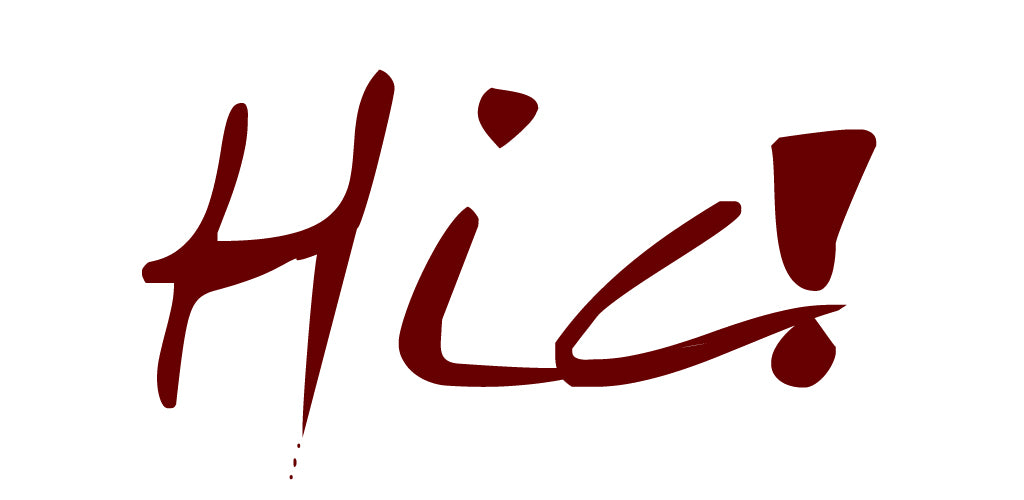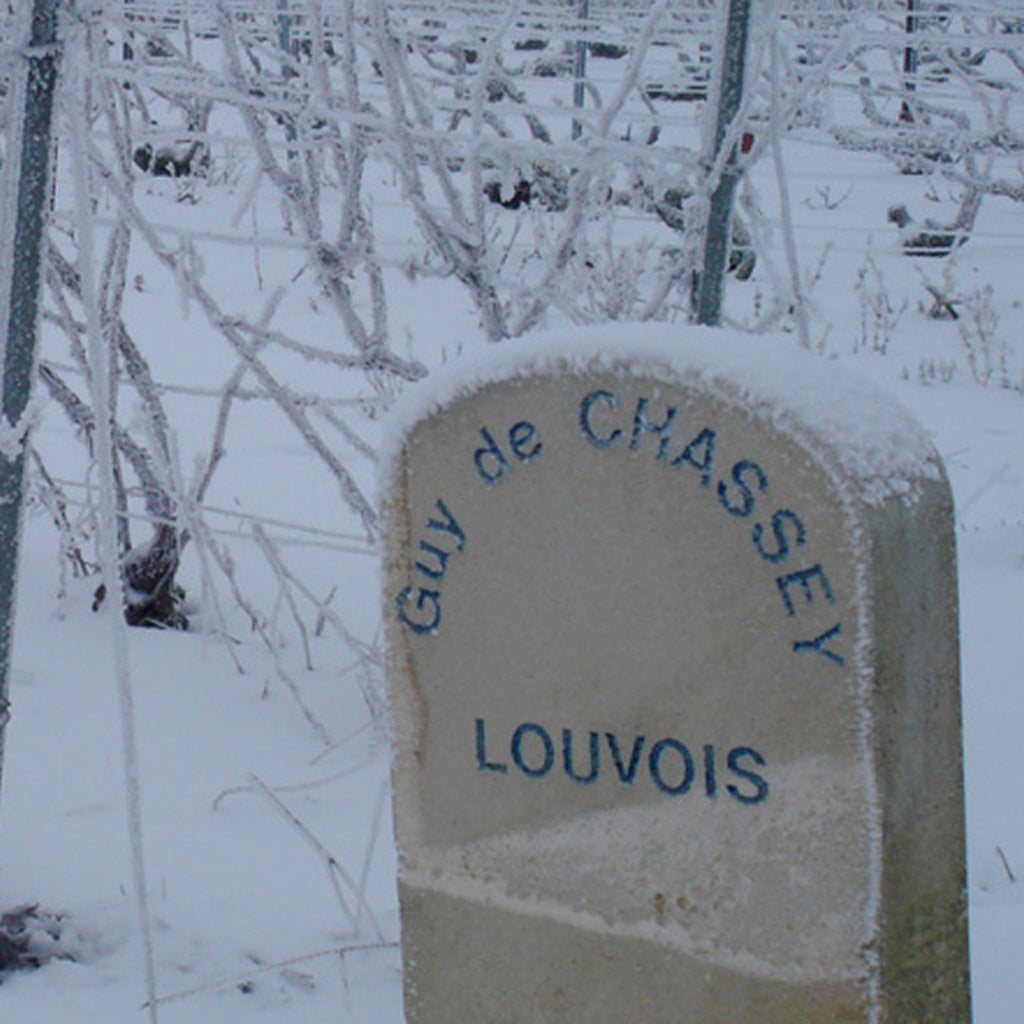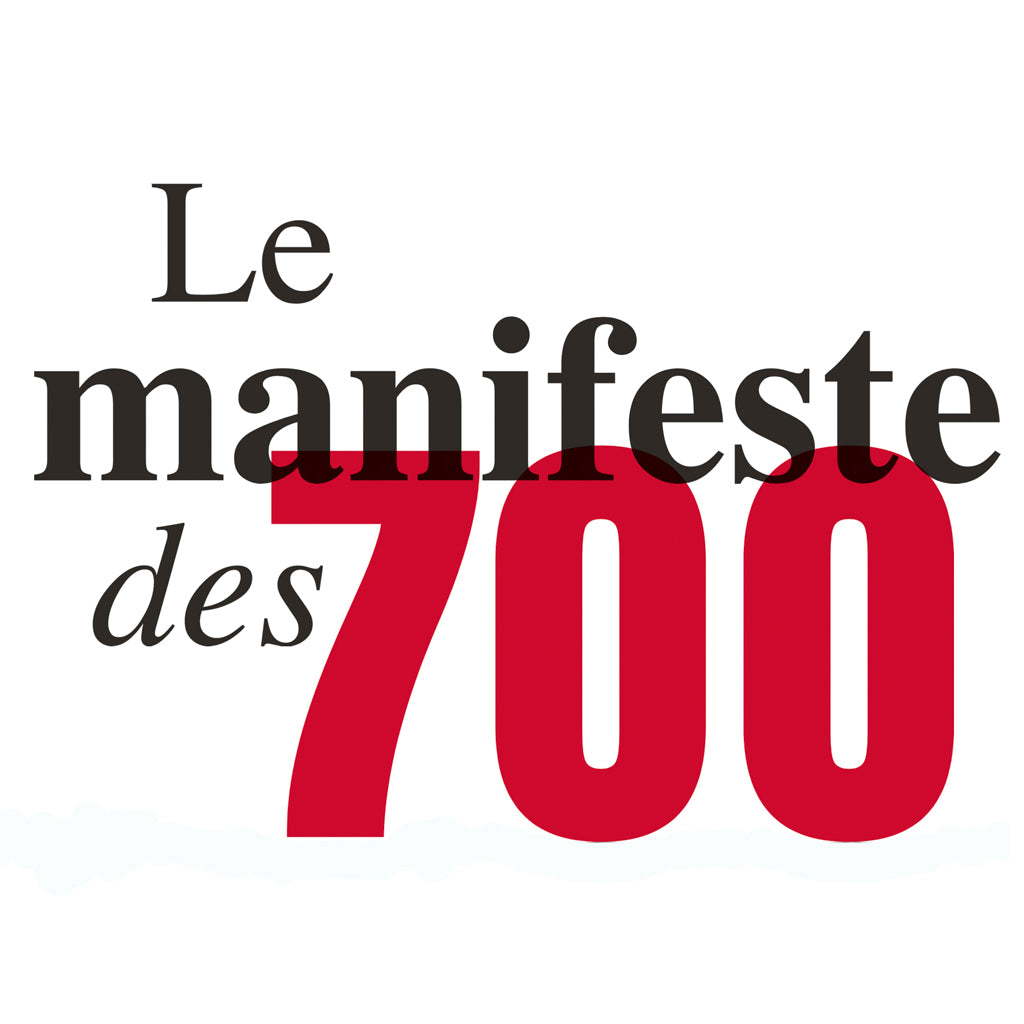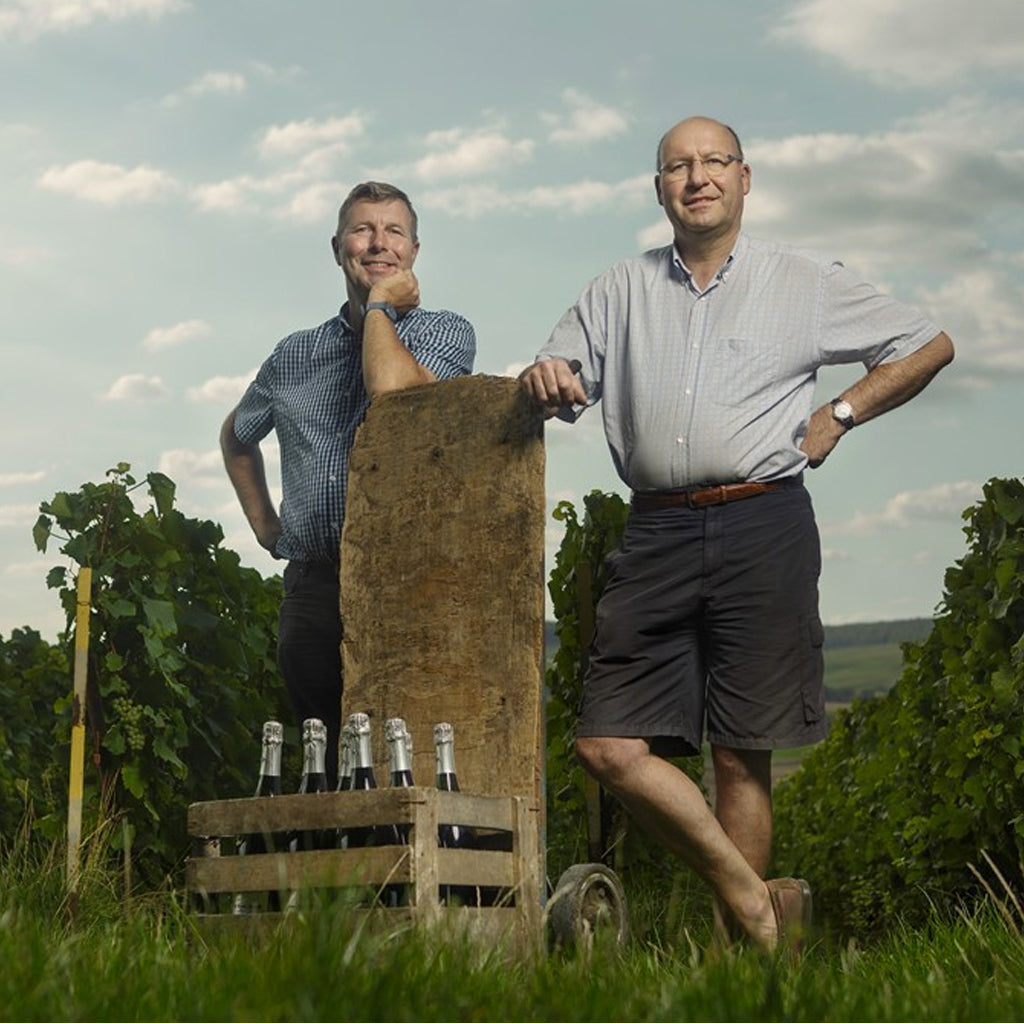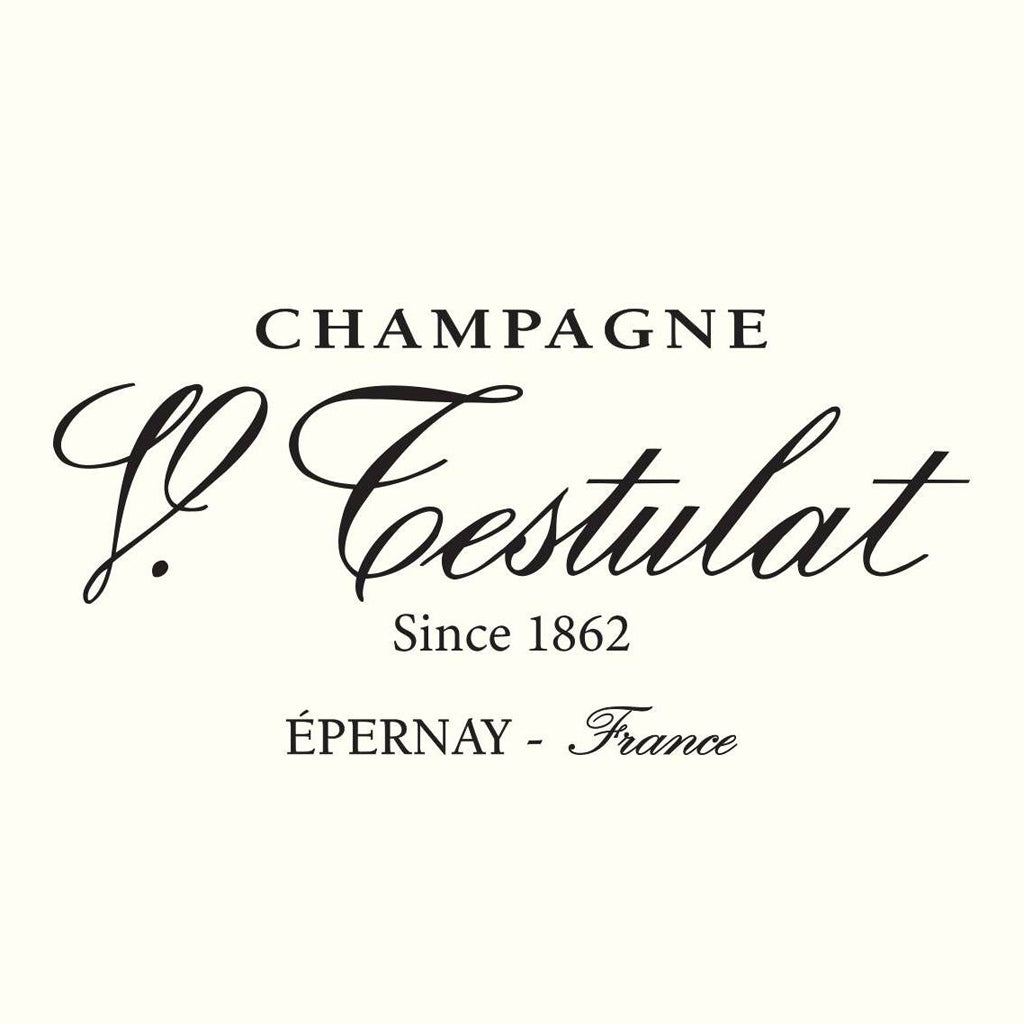Growers Champagne

The term ‘grower Champagne’ refers to Champagne made by the same people who tended the grapes; it can also be called estate-bottled Champagne or domaine bottled Champagne. Historically, vineyards were largely owned by growers, who sold their grapes to the Champagne houses that make and sell finished Champagnes. Other growers would become part of a cooperative, banding together to share resources, but the number of grower estates that produced and marketed their own Champagne remained a small minority.
The number of Champagne-producing growers increased in times of economic stress, when négociants were buying fewer grapes – in the 1930s, for example, and in the period just after World War II. In the 1970s and 1980s, more growers increased estate production out of an interest in winemaking and also with an eye towards profitability. The late 1990s and 2000s saw an explosion of new Champagne-producing estates.
The success of many grower champagnes has been driven in part by their willingness to experiment, due to their smaller size, they have been able to initiate a proliferation of single-vineyard Champagnes and expressions with a lower-dosage. In addition, owning and farming vineyards enables control over viticultural processes from start to finish, and grower estates have largely led the movement towards increasing the sustainability and quality of viticulture in Champagne.
Geography also plays an important role in the production of growers champagne. Most négociant houses have traditionally blended their wines from vineyards across the Champagne region, whereas most grower estates produce wine from a smaller area, because that’s where their vineyards are located. Growers’ Champagnes are gorgeous expressions with tastes that reflect their various terroirs and simply offer the best value!

